12 Tips for Creating a Beautiful Garden on a Budget
Creating a beautiful garden doesn’t have to break the bank. With a few smart strategies, you can transform your outdoor space into a lush, vibrant retreat without spending a fortune. Whether you’re growing flowers, vegetables, or simply adding some greenery to your backyard, these simple tips will help you achieve a stunning garden that thrives while keeping costs low. From smart plant choices to clever DIY solutions, making your garden bloom on a budget is easier than you think.
This post may contain affiliate links, which helps keep this content free. Please read our disclosure for more info.
Plan Your Garden Design Carefully
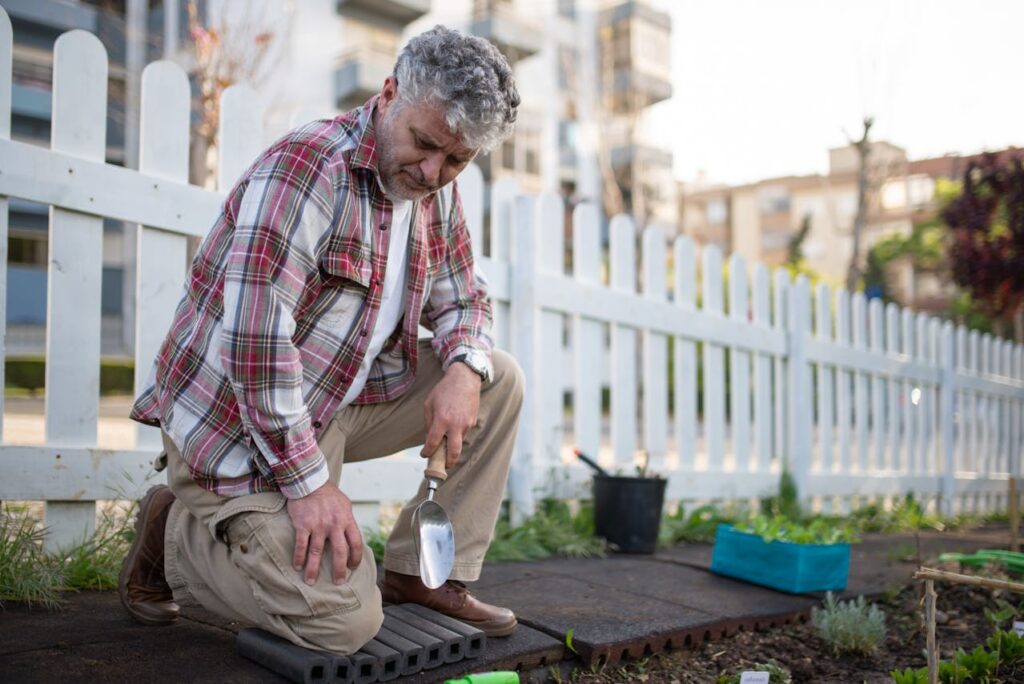
A successful garden starts with thoughtful planning. Begin by analyzing your space and taking note of factors like sunlight, wind, and soil conditions. By understanding which areas get the most sunlight, you can place sun-loving plants in those spots and shade-tolerant ones in more sheltered areas. This simple step ensures that your plants thrive and do not waste resources in areas where they would struggle to grow.
Once you have a clear idea of the sunlight, sketch your garden’s layout. Group plants by their needs, such as water or soil type, to make maintenance easier and prevent overcrowding. A well-planned garden layout will allow you to avoid unnecessary purchases and help you make the most of your space.
Choose Low-Maintenance Plants
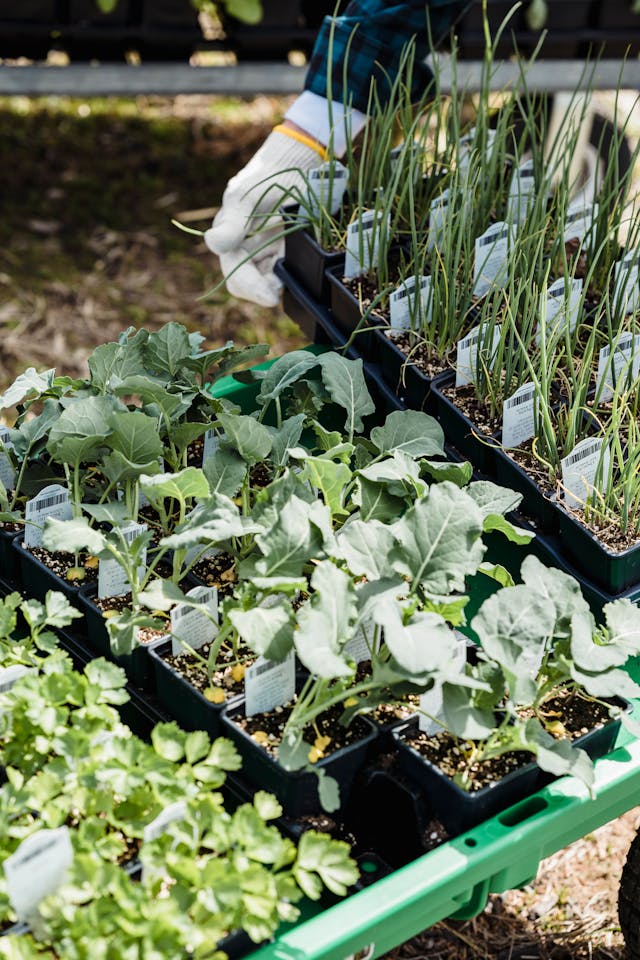
Opting for low-maintenance plants can save you both time and money. Look for native species that are well-suited to your local climate. Native plants typically need fewer resources, such as water or fertilizer, because they are adapted to the local environment. By planting varieties that naturally thrive in your area, you can avoid the expense of fertilizers and excessive watering.
In addition, consider planting perennials, which come back year after year, reducing the need for replanting. These hardy plants often require less attention and can handle varying weather conditions, making them an excellent long-term investment for a low-maintenance garden.
Recycle and Repurpose Garden Materials
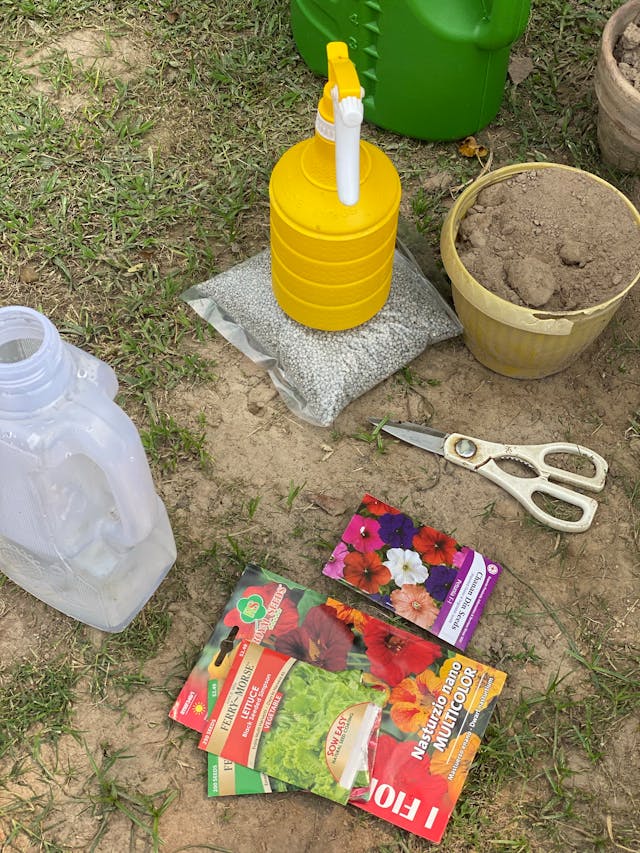
Repurposing materials you already have can be a cost-effective way to add personality and function to your garden. Old items such as jars, cans, or even broken furniture can be transformed into unique planters or garden decorations. Not only does this save money, but it also keeps waste out of landfills.
You can also repurpose larger items, like wooden pallets, to build raised garden beds or vertical planters. This allows you to maximize your gardening space without purchasing expensive equipment, and it gives your garden a creative, personal touch that will stand out.
Start From Seeds Instead of Buying Plants
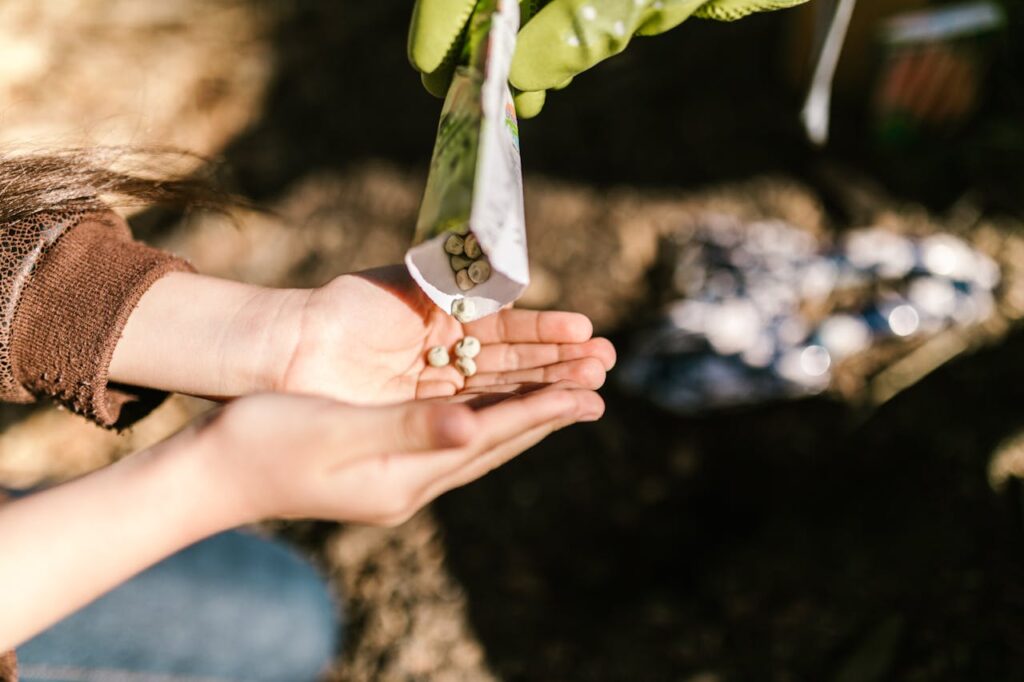
Starting your garden from seeds is one of the most affordable ways to fill your garden with plants. Seed packets cost just a fraction of the price of mature plants, and many seeds are easy to grow indoors or in small containers until they are ready to be transplanted outside. This method also offers a wider variety of plants to choose from, allowing you to grow rare or specialty flowers, vegetables, and herbs.
By starting from seed, you can also extend your growing season, as seeds can be started indoors before the last frost. Once your seedlings are ready, they will be strong and well-adapted to their new environment, helping them thrive in your garden.
Use Compost for Soil Improvement

Composting is an effective way to improve soil quality without spending money on expensive fertilizers. By recycling kitchen scraps and yard waste, you create rich, organic compost that provides essential nutrients to your plants. Compost also enhances soil structure, helping it retain moisture and drain properly, which benefits plant roots.
Instead of using chemical fertilizers, compost naturally improves soil health over time, encouraging the growth of healthy, resilient plants. It also reduces the need for frequent watering and minimizes waste, making it an eco-friendly and cost-effective solution for gardeners.
Incorporate Mulch for Weed Control
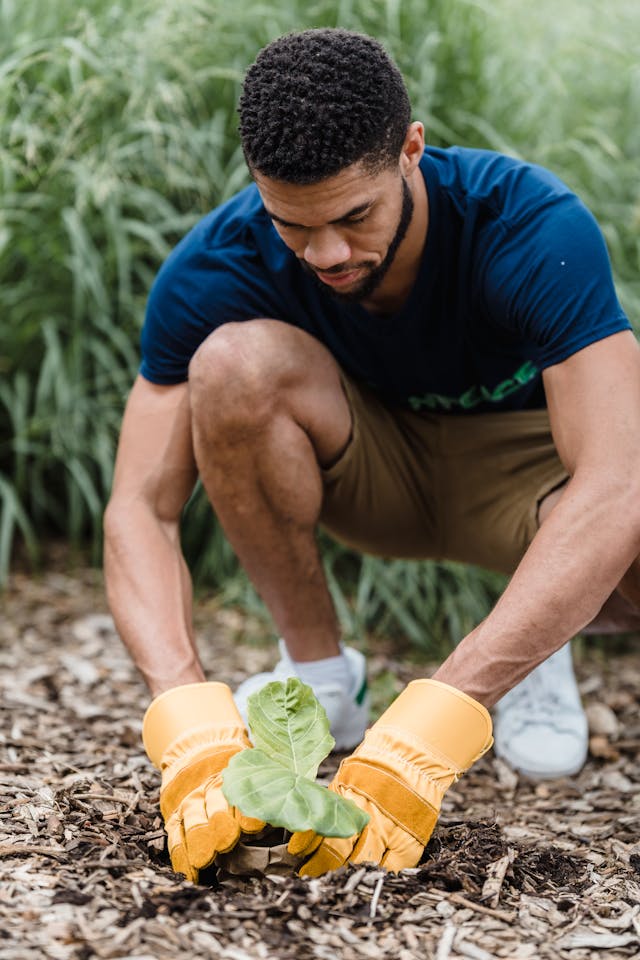
Mulch is an essential tool for maintaining a beautiful, low-maintenance garden. By spreading mulch around your plants, you can effectively suppress weed growth, which reduces the need for frequent weeding. Mulch also conserves moisture in the soil, which is especially helpful during hot weather or dry spells.
Materials like grass clippings, leaves, or wood chips make excellent, inexpensive mulch. As the mulch breaks down, it adds organic matter to the soil, further enriching it and improving its structure. This natural solution not only saves time and money but also keeps your garden looking neat and healthy.
Use Homemade Natural Fertilizers
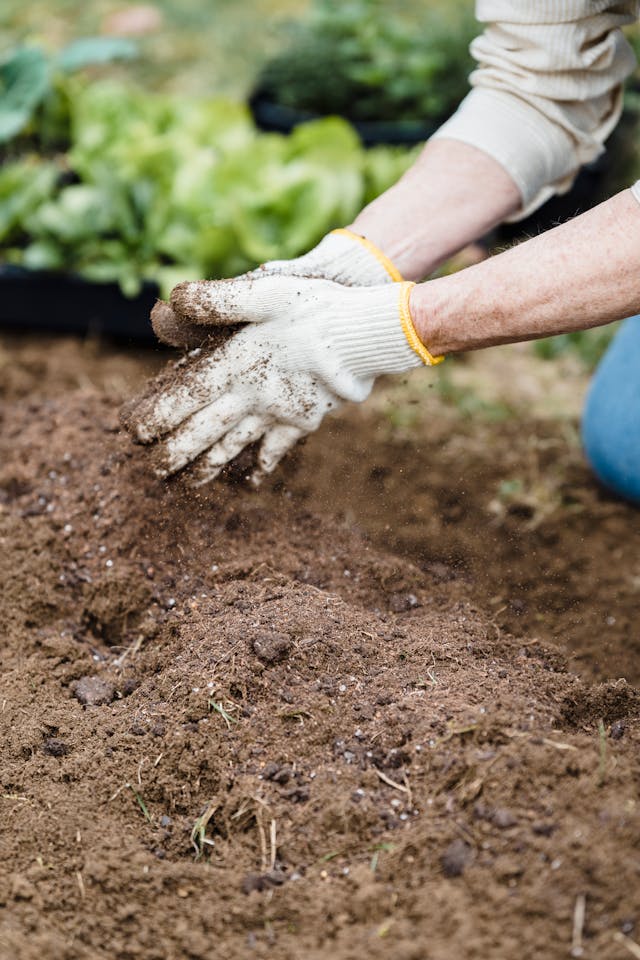
Homemade fertilizers are an affordable alternative to commercial products, and many ingredients can be found right in your kitchen or garden. For example, banana peels are rich in potassium and phosphorus, making them ideal for flowering plants. Coffee grounds provide nitrogen, which is great for leafy vegetables, while eggshells add calcium to the soil, promoting healthy root systems.
You can mix these materials into your compost pile or bury them directly in the soil around your plants. These natural fertilizers are not only cost-effective but also eco-friendly, helping you avoid the harsh chemicals often found in store-bought fertilizers.
Repot and Divide Existing Plants
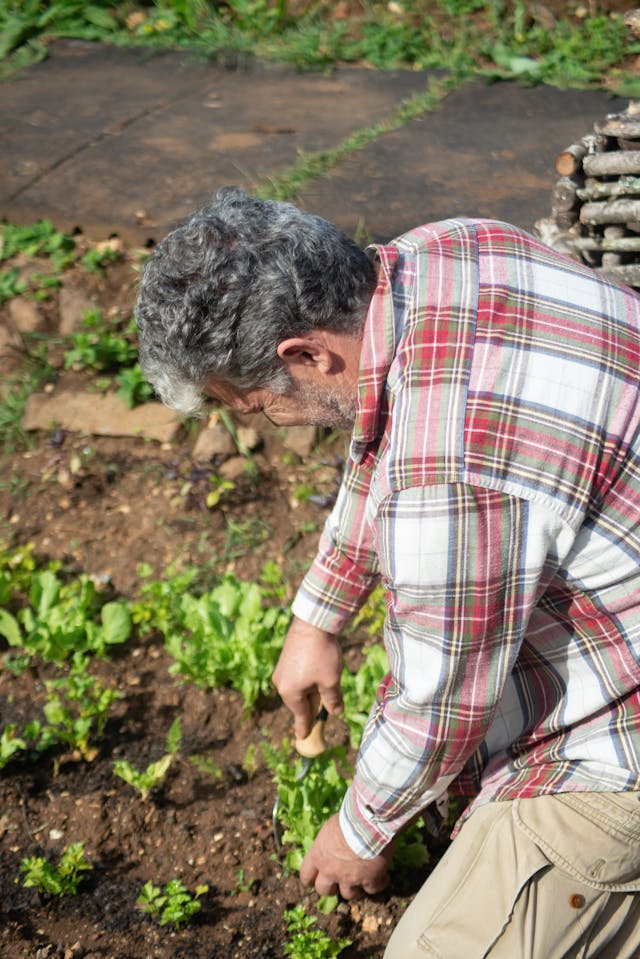
Instead of buying new plants, consider dividing your existing ones to create new additions to your garden. Many plants, like hostas and irises, can be divided into multiple sections that can be replanted in different spots. This process not only gives you more plants but also helps rejuvenate older, crowded ones.
Repotting is another great way to keep your plants healthy and avoid spending on replacements. As plants grow, they often become root-bound and need to be transferred to larger containers. Repotting or dividing them allows them to thrive and helps you expand your garden without additional costs.
Opt for Indoor Plants
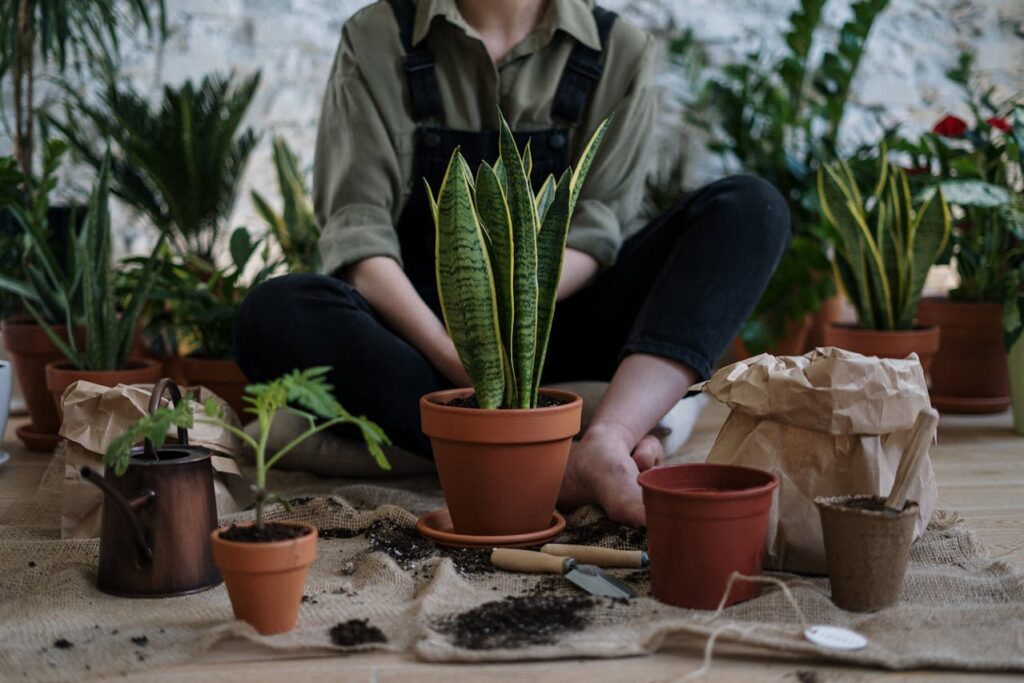
If space or budget is limited, consider bringing nature indoors with houseplants. Indoor plants are relatively inexpensive and can be a perfect way to add greenery to your home. Look for low-maintenance plants like snake plants, pothos, or peace lilies that thrive in low-light conditions and require minimal care.
Indoor plants can improve air quality, add a touch of nature to your home, and help you practice gardening on a smaller scale. They are a great way to enjoy the benefits of gardening without the need for outdoor space or large investments.
Collect Rainwater for Irrigation
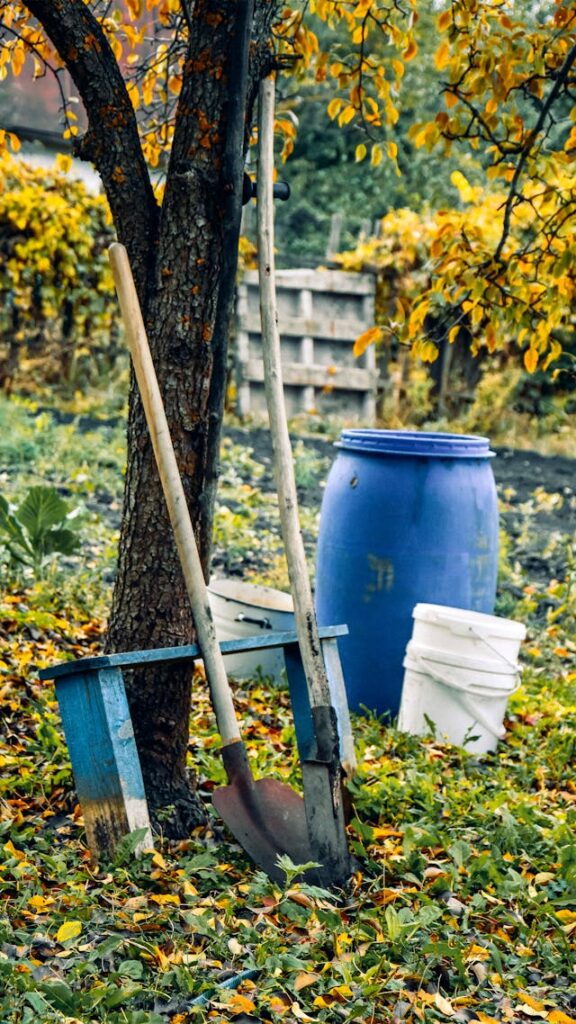
Using rainwater to water your plants is a simple and sustainable way to reduce your water bill. By setting up a rain barrel to collect runoff from your roof, you can gather and store water for dry periods. Rainwater is typically better for plants than tap water, as it is free from chlorine and other chemicals.
Collecting rainwater not only saves money but also reduces the strain on your local water supply. It’s a simple DIY project that can be implemented in almost any garden and provides an eco-friendly way to keep your plants hydrated.
Use Companion Planting to Enhance Growth
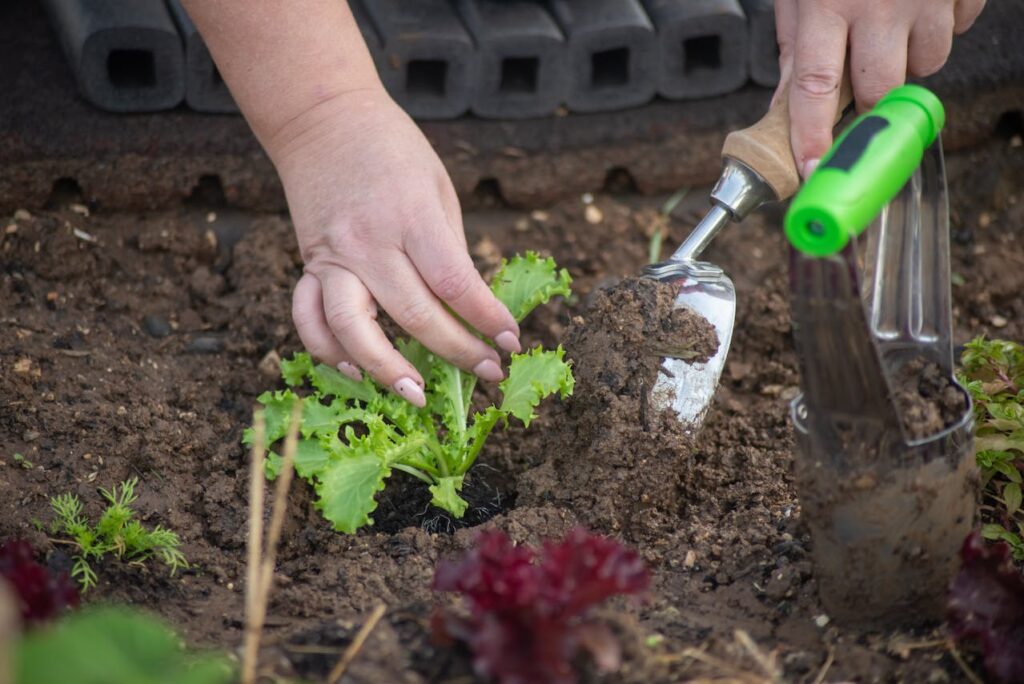
Companion planting is the practice of planting certain species together to benefit each other, such as improving growth or deterring pests. For example, planting marigolds alongside tomatoes can help keep harmful insects away. Similarly, beans can improve soil nitrogen levels, benefiting nearby plants like corn and peas.
This gardening method can save you money on pesticides and fertilizers, as well as help your plants thrive in a natural, eco-friendly way. By grouping plants with complementary needs and benefits, you can create a more resilient and productive garden.
Build Your Garden Structures
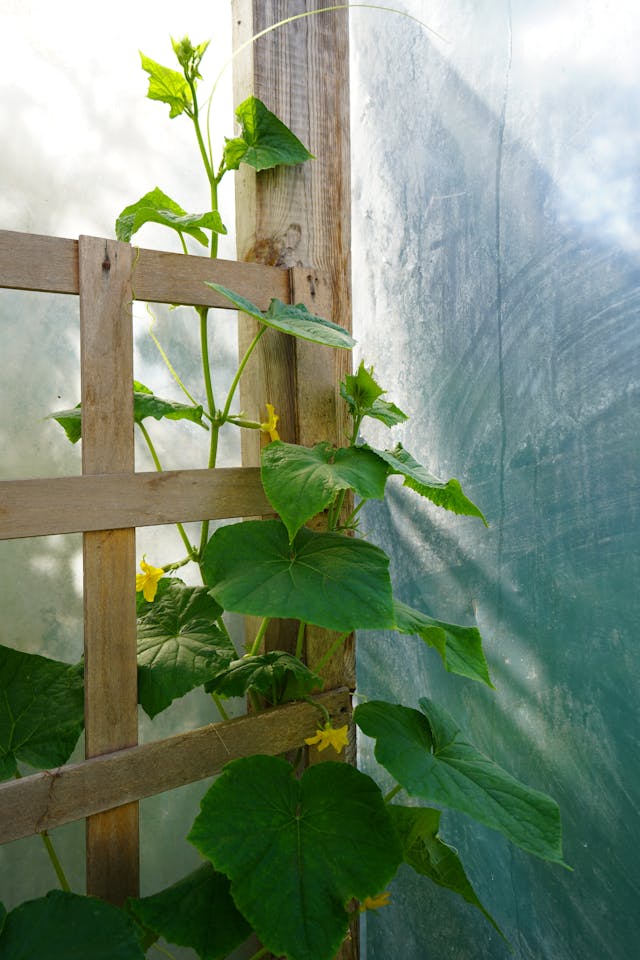
Garden structures like trellises, fences, and raised beds can be expensive, but building your own is a cost-effective alternative. You can use materials such as reclaimed wood, bamboo, or wire mesh to create simple yet functional structures.
These structures can support climbing plants like beans or cucumbers and help organize your garden. By building them yourself, you save money while adding a personal touch to your outdoor space.
This article originally appeared on Avocadu.
